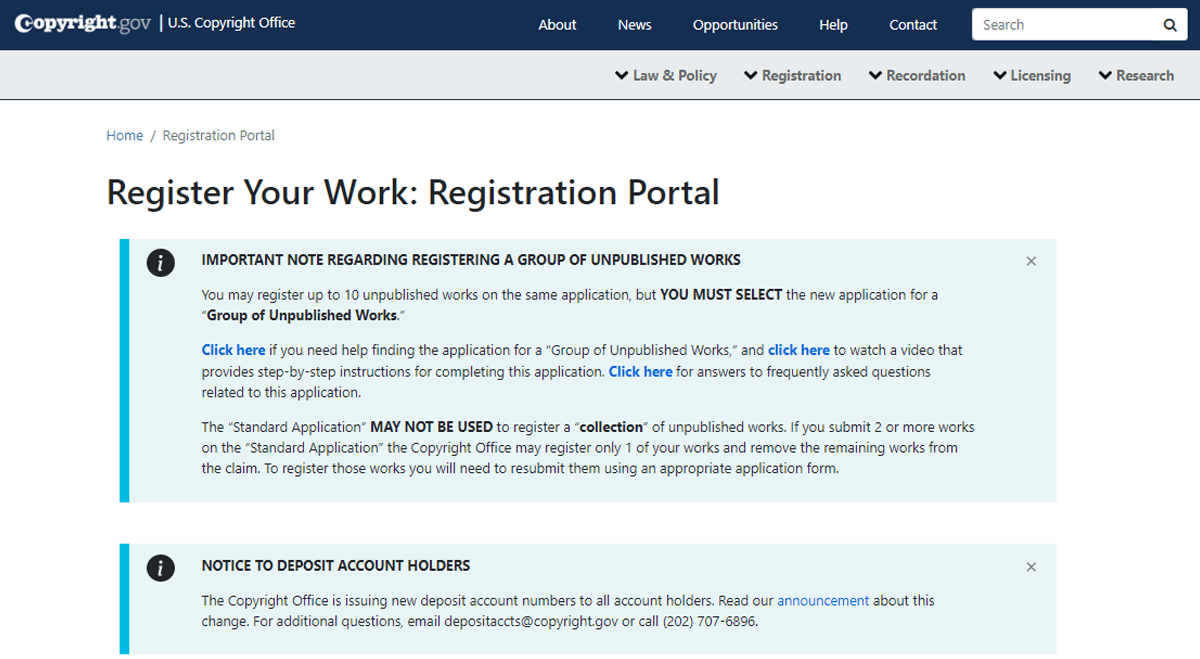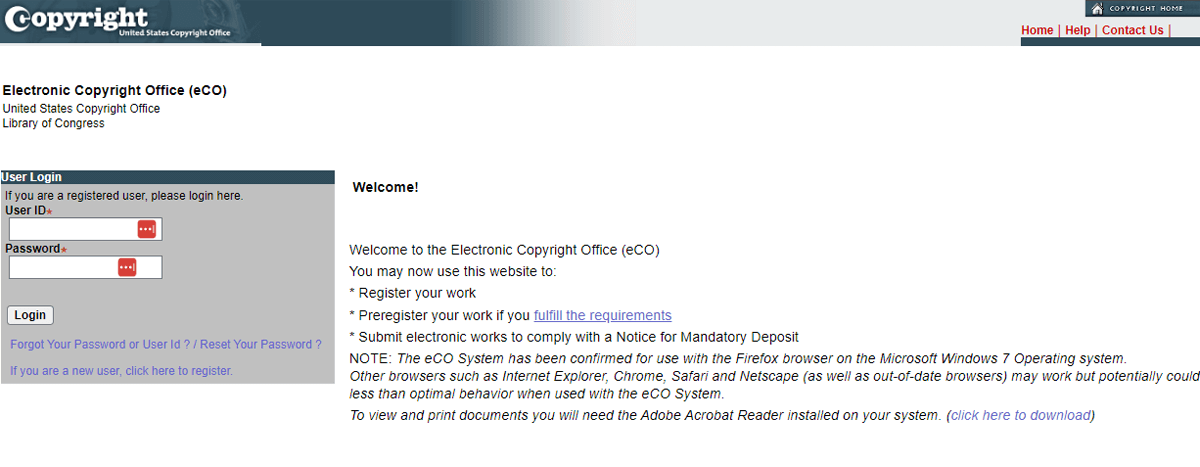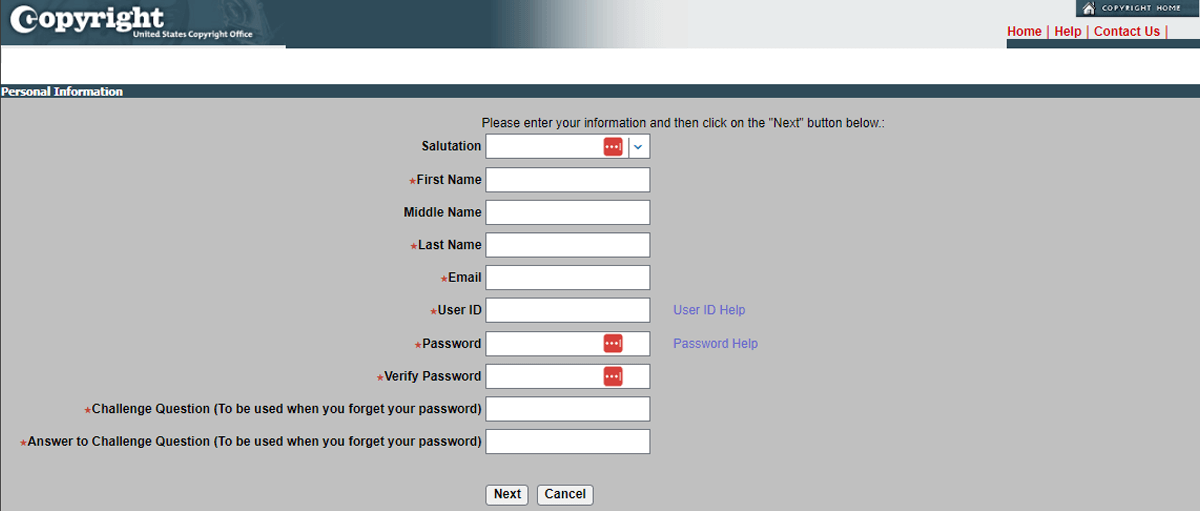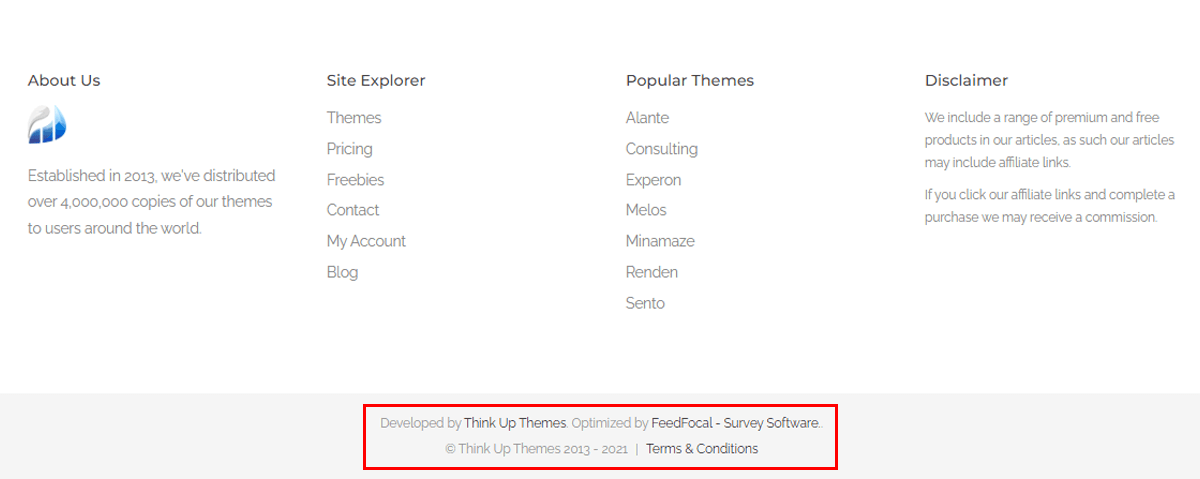Do you want to know how to copyright a website and its content? So that you can preserve the originality and credibility of your website. Then, here we go.
Once your website is up and running, you might wonder how to copyright it. Or, you may have thoughts like what if someone steals your content and posts it online? That also, without giving you any kind of credit.
And as a matter of fact, the real kicker is that once something enters the public domain, it becomes your property.
So, it’s very critical to copyright your valuable asset i.e. website and your content from the start. Additionally, it’s very simple to do and can be very helpful if there is a problem with intellectual theft.
Thus, in this article, we’ll walk through step by step how to copyright a website and its content. Just follow along with us through the journey.
What is Copyright? Why Do You Need to Copyright a Website?
Before we dive into the topic, let’s explore the copyright from a bit close angle.
In simple words, you can understand copyright as a protection of your intellectual property. Essentially, it restricts people from duplicating and disseminating your work.
In fact, this kind of legal defense is frequently utilized for books, movies, and alongside other forms of creative works. Moreover, a registered copyright is extremely useful in some legal circumstances. As it provides you with evidence of ownership.
Though, it’s not always as simple to understand copyright regulations as one would wish. But doing so is crucial if you want to safeguard your intellectual works.
Some of the top reasons why you need to add copyright protection to your intellectual property are:
- Your website’s content is way too precious, particularly if it’s related to your earnings. Thus, it’s a must to ensure that your work is preserved.
- Helps you take any kind of legal action against people who copies your work from your site without your consent.
- Copied content doesn’t rank highly in search engines. Consequently, this even impacts the incoming organic visitors to your original website content.
- In addition, there is a chance that interested visitors will visit the thief’s page rather than yours.
Thus, making sure that your work is legally protected is the best course of action. So, simply registering an official copyright infringement is quite a beneficial approach. And your content is automatically protected.
Nevertheless, you can prominently start displaying a copyright notice on your website. This can certainly prevent many would-be content thieves.
Having said that, let’s move forward to the upcoming portion to learn how you can copyright a website and its content effortlessly.
How to Copyright Website and Its Content?
Here, we’ll look at how you can copyright your website and its content effortlessly. Simply follow us as we guide you through the following steps.
Step 1: Determine the Copyrightable Content
Evidently, the first step is to determine which of your website’s contents is protected by copyright. Generally, websites are composed of various aspects at its most basic level.
Meaning, it includes artistic elements like written text, illustrations, images, graphics, and other creative works.
Meanwhile, it has also a technical aspect that often consists of HTML code that powers the website. For instance, the domain names, URLs, functional design components, formats, etc. These are common and generic materials that you cannot copyright.
Ultimately, this implies that you can register the content on your website for copyright. However, the website itself does not qualify as a form of copyrightable content.
Step 2: Get your Website Ready for Copyrighting
Once you determine the copyrightable content, the next step is to get your website ready for copyrighting. Precisely, you need to prepare 3 things to declare your copyright. They are:
- Deposit
- Non-refundable Filing Fee
- Filled-out Application Form
Simply, the deposit is a copy of the content you intend to register. So, if you want to copyright your entire website content, then the deposit must cover each page exactly as it would look to any visitors.
Also, you should send the necessary copies in PDF format.
Once you have the deposit and fee prepared, you can now begin filling out the online application.
Step 3: Visit the Official Website for the Copyright Registration Portal.
Proceed by visiting the official government copyright website to register a copyright for your website. You can upload any content of your site that you want to be protected by US copyright law here.
As you can see, there are several categories for various types of data. You can register under Other Digital Content if you want to access websites and online content.
Thankfully, completing this step is simple. Simply select the button labeled Log in to the Electronic Copyright Office (eCO) Registration System. Then, move on to the following step.
Step 4: Sign Up on the US Copyright Office Website
Now, the next step is to ‘sign in to an existing account’ if you have got one already. Or, you can simply ‘create a new one’ in a few simple clicks.
To register, you have to fill in the basic personal information. Such as your name, username, password, email, and user id. Also, you’ve to fill in a challenge question along with an answer to help you reset your password in the future.
Once you’re prepared, click the ‘Next’ button and enter your address, phone number, and any other essential contact details. When you’re finished, click the ‘Finish’ button to finish the registration process.
Step 5: Send the Content You Want For Copyright Protection Under US Copyright Law
Now, start submitting the work you want to copyright as soon as you create and log into your account. You might want to submit your entire website. That includes all of its current posts, pictures, videos, and goods; all at once.
Once you do that, the next step is to pay a fee as mentioned earlier. Basically, attorney fees range from $35 to $55. When you’re finished, simply click on the ‘Submit’ Work to conclude your registration.
Following your payment has been accepted and your website content has been submitted, your copyright is public record. With that, you’ve now taken all the legal precautions necessary to safeguard your website from content thieves.
For more information, you can check out this video tutorial on submitting your content for more comprehensive insight.
Step 6: Include a Copyright Disclaimer on your Website
Last but not the least, you can include a brief copyright disclaimer on your website. Though it’s not mandatory, however, it can definitely act as effective prevention before any misconduct happens.
Basically, such a notice often includes the copyright symbol the term “copyright”, with the sign “©” the year of publication, and the name of the copyright owner.
Just add a brief copyright disclaimer to your website’s footer and you’re all done with the valid copyright notice. In fact, this proves that copyright protection safeguards your content.
Conclusion
That’s it, folks! We’ve come to the end of this journey on how to copyright a website and its content. We believe you can now effortlessly save your precious work with copyright infringement.
Please step forward to ask any kind of queries if any in the comments section below. Also, if you’ve successfully copyrighted your website by reading this tutorial, then do share your experience. We’re glad to hear you out.
In addition, you may like our other relatable tutorial articles. Such as how to find the page ID in WordPress and how to change a theme in WordPress.
Do make sure to go through the article what are website heatmaps once to know more about it.
If you found this article fruitful, then do spread the word with your friends and colleagues. Lastly, follow us on our social media handles Twitter and Facebook to stick with our content.





